
This logo isn't an ad or affiliate link. It's an organization that shares in our mission, and empowered the authors to share their insights in Byte form.
Rumie vets Bytes for compliance with our
Standards.
The organization is responsible for the completeness and reliability of the content.
Learn more
about how Rumie works with partners.
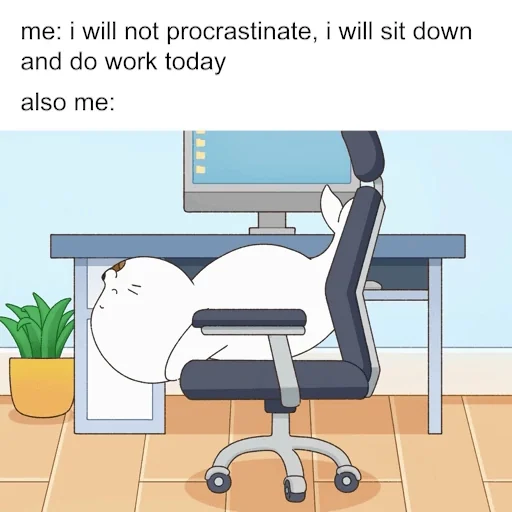
The good news is: you don’t have to let procrastination run the show — there’s a way to hit pause and take back control of your time.
Since procrastination is like quicksand — the more you delay, the deeper you sink. The key is to move FAST. This method will help you tackle overwhelming tasks, stay on track, and turn procrastination into productivity!
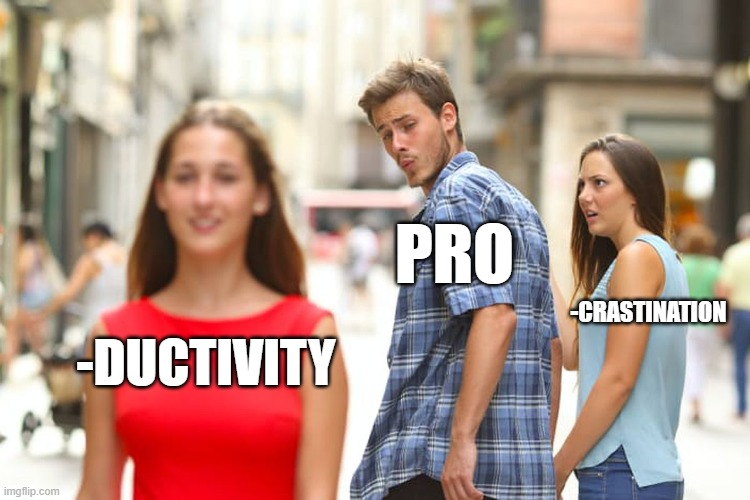
F: Fake Deadlines
Forget the official deadline. Set yourself your own deadline earlier than the official one — and believe it. Write it down, put reminders in your calendar, and commit to it. This creates a sense of urgency that could stop you from procrastinating.
It could be just a day earlier, or even a week — whatever works best for you. A good rule of thumb is: the bigger the task, the earlier your deadline should be.
For example, I once had a research paper due on January 27. Instead of sticking to that date, I set my own deadline for January 20. This gave me time to review my work stress-free.
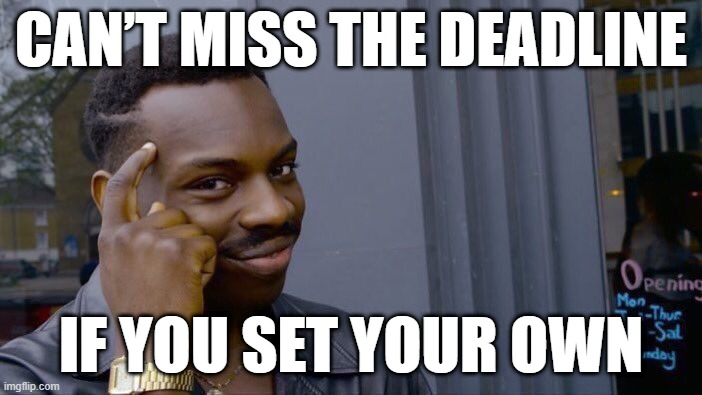
Quiz
Professor Green tells the class that the official deadline for the project worth 40% of the grade is at the end of the term. When should John set his self-imposed deadline?
One week is ideal since this is a big project worth almost half of John’s grade. Three days before, one day before, or even worse, the day itself, leave little to no room for unexpected issues or revisions. A week provides enough time for a thorough review and ensures John can submit a polished project stress-free.
Did you know?
Verbally committing your deadline to another person could give it more teeth. Find an accountability partner and promise them you’ll finish the task by your self-imposed deadline, or face a consequence like buying them lunch.
A: Arrange To-Do List
Make a list of everything you need to do. You can do this on paper, digitally, or even on a whiteboard — whatever method works best for you. The important thing is that you get everything out of your head and onto a list so you can clearly see what needs to be done.
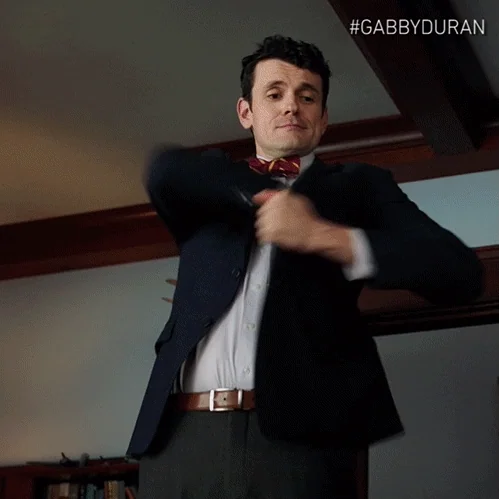
For example, in the research project I mentioned earlier, I made a to-do list based on the chapters I needed to complete.
I know the list could be long, and it may seem overwhelming, but you can look at it in a brighter way: you don't need to finish everything all at once. One task at a time, baby steps are big steps.
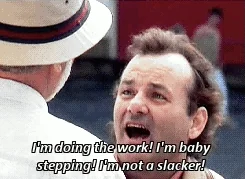
Quiz
Kaylee has a big project due in the next week. She feels overwhelmed when thinking about everything she needs to do. What should Kaylee do first?
The first course of action should be to write down all the tasks so that Kaylee can strategize. Diving straight into the task without any vision in mind can lead to inefficiency, while waiting it out only delays progress and increases stress.
Did you know?
If you find yourself stuck, try to pick a task you can finish in 2 minutes. This could help you break free from your procrastination cycle and build momentum. Check out this Byte on how to write an effective to-do list to know more about the 2-minute rule!
S: Set Time Blocks
Now that you have a clear list of the tasks you need to do, it’s time to estimate how much time you’ll need to complete them. Be realistic and account for contingencies — things often take longer than you think.
For example, in the research project I mentioned earlier, one task was writing Chapter 1: Introduction. I estimated it would take me 3 hours, but I blocked out 4 hours.
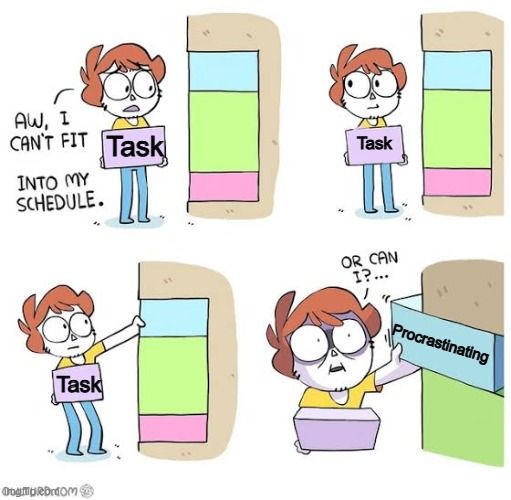
Also, time-block everything that occupies your day — sleeping, eating, relaxing. If you don’t time-block these downtimes, you’ll stray from your schedule, and once you do, procrastination sneaks into your routine.
Watch the TikTok video below from Giorgia Markos, who demonstrates how she time-blocks her Google Calendar with a color code for different types of activities:
Quiz
Chezka has a major presentation due in one week. She has a to-do list on hand and is in the process of setting time blocks. What time blocks should she set in her schedule? Select all that apply:
Break time, task time, relaxation time, distraction time — all of these must have their specific time blocks. Remember, time-block everything that occupies your day — even if it seems mundane. If it consumes your time, time-block it!
Did you know?
Google Calendar can be a great tool for time-blocking. You can set recurring events, color-code different types of tasks, and even receive reminders to help you stay on track. Check out this Byte on time-blocking for more tips!
T: Task Chunk
Once you have your time blocks in place, it's time to chunk your tasks and break them down in more detail for what you'll actually do in those blocks.
For example, in the 4-hour time block I have for writing Chapter 1, I broke it into multiple sub-tasks based on sections of the chapter (e.g., Background of the Study, Statement of the Problem, Purpose of the Study, Research Questions, Significance of the Study, and Definition of Terms).
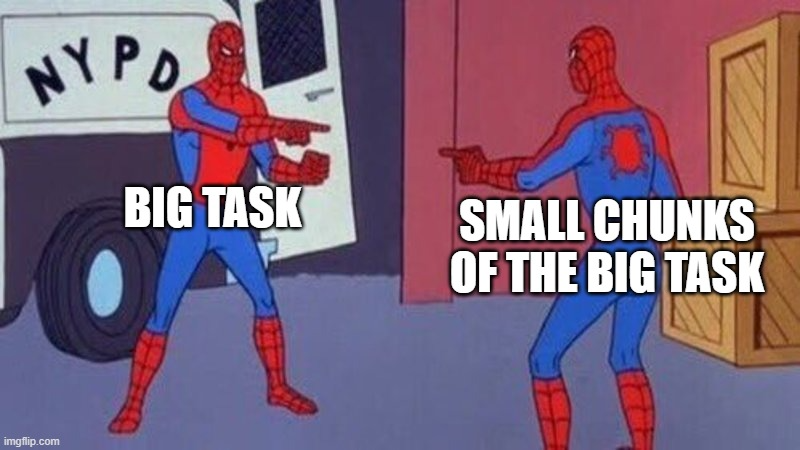 You're basically doing the same task, but you're tricking your brain into feeling more accomplished by checking off smaller parts.
You're basically doing the same task, but you're tricking your brain into feeling more accomplished by checking off smaller parts.
Watch the video below for some tips on how to task chunk with Google Calendar:
Quiz
Mustang has 5 hours set aside to clean and organize his entire office, but he’s feeling overwhelmed by the amount of work. How can Mustang break down the task to make it more manageable? Select all that apply:
There are two ways to chunk tasks when cleaning an office—either by subtasks (i.e., mop, dust, broom) or by area (i.e., desk, shelves, floor). Cleaning everything at once is overwhelming and inefficient.
Take Action
Remember, the key to overcoming procrastination is acting FAST — Fake Deadlines, Arrange To-Do List, Set Time Blocks, and Task Chunk.
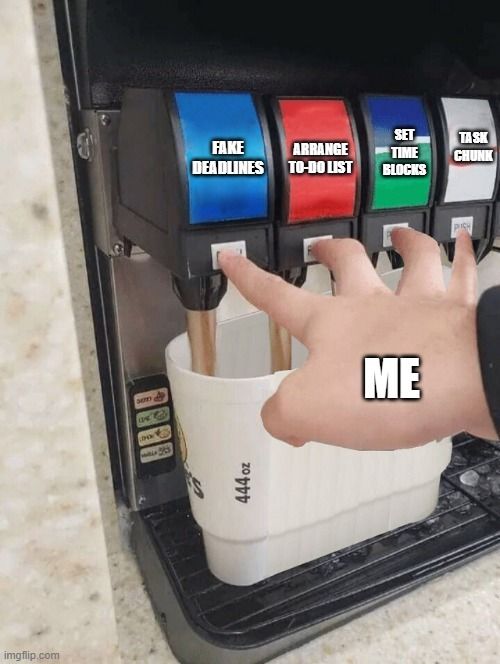
Take that first step, no matter how small. Let this excerpt from The Boy, the Mole, the Fox and the Horse by Charlie Mackesy be your inspiration:
'I can't see a way through,' said the boy.
'Can you see your next step?'
'Yes.'
'Just take that,' said the horse.
So, act FAST! Take that step today:
This Byte has been authored by
Fritzielynn Jaye Vigonte
Instructional Design Intern